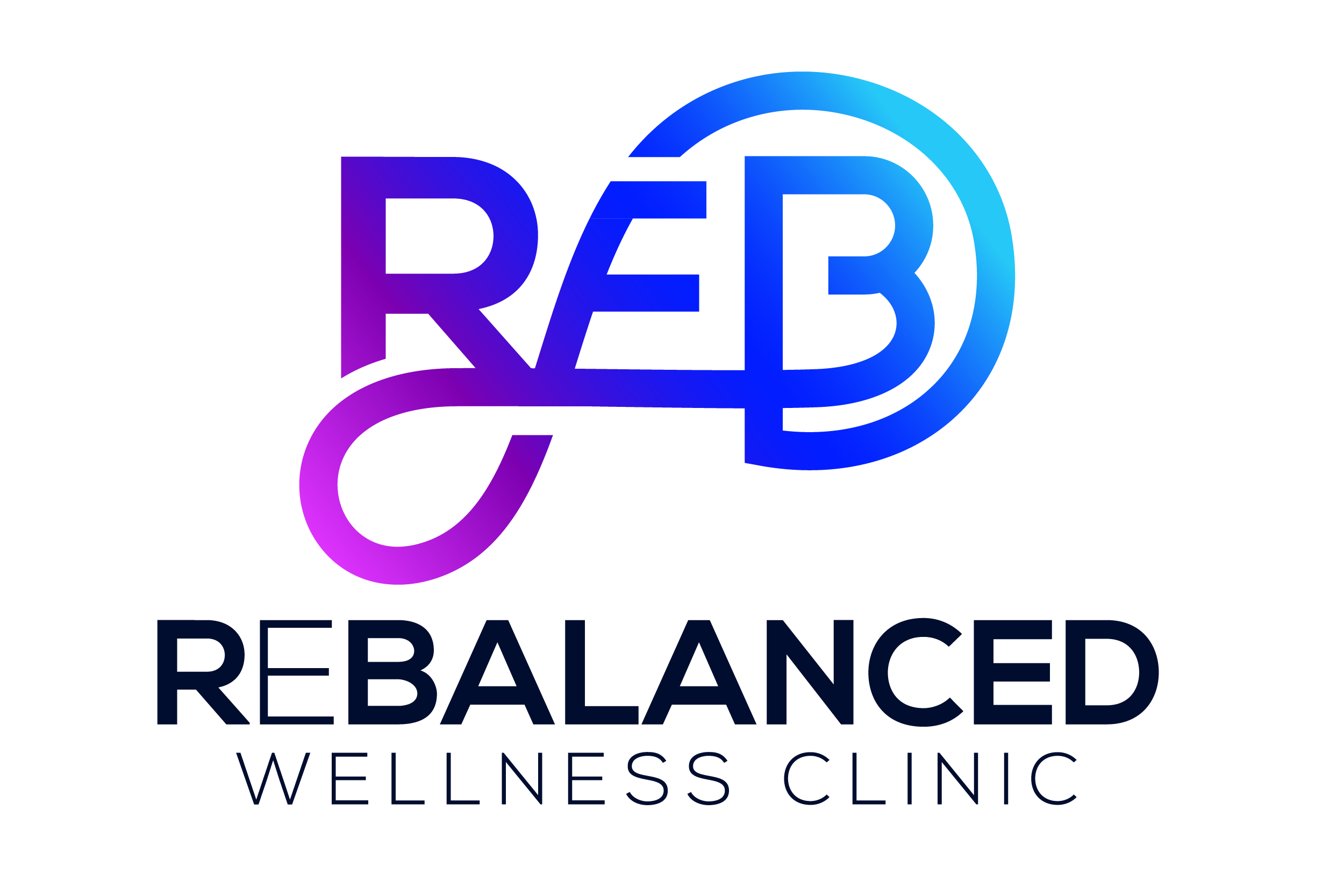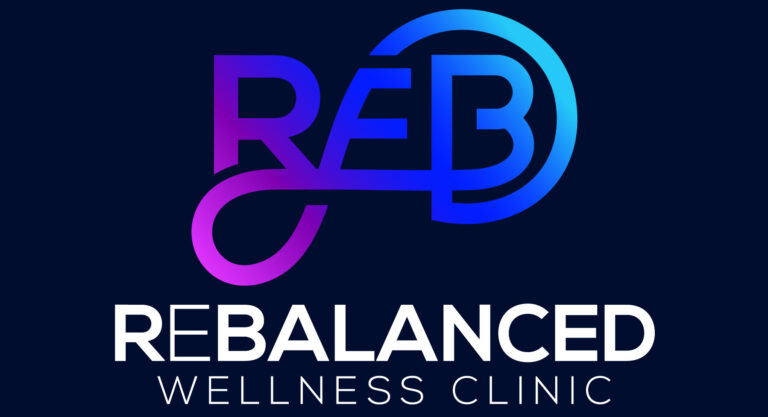Introduction to the New Era of Healthcare
Welcome to the new era of healthcare, where getting medical advice doesn’t require sitting in a waiting room for hours. Virtual health has transformed the way we approach medical care, making it possible for anyone with an internet connection to get the help they need. This isn’t about futuristic robots performing surgery; it’s about using technology we have right now to make healthcare more accessible. Thanks to virtual consultations, patients in Cumming and beyond can speak with their doctors face-to-face through their screens. It’s simple, efficient, and it’s changing lives. Whether you’re managing a chronic condition or seeking a second opinion, virtual health brings the consultation room to you, wherever you are. So, let’s dive into how this tech-savvy approach is opening doors to everyone, making sure that getting medical advice is no longer a matter of where you live or how long you can wait.
What is Virtual Health?
Virtual health, simply put, is healthcare delivered through technology. It lets you see your doctor or a healthcare professional from anywhere, as long as you have an internet connection. Think of it like a video call with your doctor instead of meeting them in person. This method is becoming more common for general check-ups, mental health consultations, and even some specialist appointments. It’s not about replacing in-person visits but offering more choices for when and how you access medical advice. Virtual health can include a range of services – from using apps that track your health data, to emailing your doctor, to actual video consultations. It’s all about making healthcare more accessible, especially in places where it’s hard to get to a doctor. It’s convenience and care rolled into one.
The Rise of Virtual Health in Cumming
In Cumming, virtual health is quickly becoming a game-changer, making healthcare more accessible to everyone. It’s all about bringing the doctor to you, wherever you are, without the need to travel. With a simple internet connection, patients can now consult with healthcare professionals through video calls or mobile apps. This means no more waiting rooms, no more travel hassles. It’s healthcare on your terms. The cost? Often less than traditional visits, saving both time and money. Plus, it’s not just general health. Mental health, dermatology, and even some emergency consultations can happen virtually. The flexibility and convenience of virtual health are driving its rise in Cumming, making it a key player in the future of healthcare.
How Virtual Health is Breaking Down Barriers
Virtual health is a game changer. It means you can talk to your doctor through a video call instead of waiting weeks for an appointment. No more taking off work early or sitting in traffic just to see your doctor. Virtual health visits can happen anywhere you have a smartphone or a computer. This is huge for people living far from hospitals or those with mobility challenges. It’s not just about convenience. For many, it’s the difference between getting care or not. Conditions like diabetes or high blood pressure? Managed from your living room. Mental health support? A click away. This setup knocks down the big barriers—distance, time, and sometimes even cost. Before, if you lived in a rural area, specialist care might be out of reach. Now, it’s accessible. Virtual health isn’t just a temporary fix; it’s here to stay, making healthcare easier to get for everyone.
Types of Services Offered Through Virtual Health
Virtual health is revolutionizing the way we access healthcare services, making it possible to receive care without stepping foot outside your home. This innovative approach includes a variety of services tailored to meet different health needs. Here’s a quick rundown:
1. Teleconsultations: This is the core of virtual health, allowing you to talk to doctors via video calls. It’s perfect for regular check-ups, mental health sessions, or discussing symptoms.
2. Prescription Refills: No need to visit the pharmacy in person. After a virtual consultation, your doctor can send your prescription directly to a pharmacy, and your medication can be delivered to your doorstep.
3. Remote Monitoring: Ideal for patients with chronic conditions, this service lets healthcare providers monitor your health data through devices at home, ensuring you’re staying on track without the constant hospital visits.
4. Physical Therapy Sessions: Yes, even physical therapy can be done virtually! Through video calls, therapists guide you through exercises and monitor your progress.
5. Mental Health Support: Virtual health provides a discreet and convenient way to access counseling or therapy sessions from the comfort of your home.
No matter your health needs, virtual health is expanding the ways in which we can receive care, breaking down barriers, and making healthcare accessible to more people.
The Benefits of Virtual Health for Patients and Providers
Virtual health, also known as telehealth or telemedicine, is changing the game for patients and healthcare providers. It’s making access to healthcare easier, more convenient, and often cheaper. Patients love it because they can talk to their doctors without leaving home. No need to travel, no waiting rooms, and no taking time off work. They can use their phone or computer to get medical advice, prescription refills, or even a specialist’s opinion. Providers benefit too. They reach more patients, manage appointments better, and reduce the no-shows that hurt their practice. Plus, virtual health can lower healthcare costs by cutting down on unnecessary emergency room visits and making preventive care more accessible. It’s a win for everyone involved.
Overcoming Challenges: Ensuring Quality in Virtual Health
Ensuring quality in virtual health sounds tough, but it’s absolutely doable. The main goal here is to keep the standards high so that you get the same level of care as you would in person, maybe even better. First up, technology. The tech needs to be top-notch. We’re talking crystal-clear video calls, zero glitches, and solid security to keep your info safe. This way, doctors can see what’s going on without any hiccups. Then, there’s training. Healthcare providers have to be wizards not just in their medical field but in handling this tech too. It means knowing how to have a smooth, personal chat even through a screen. And don’t forget about accessibility. The service needs to be easy to use for everyone, including those who aren’t tech-savvy or those with disabilities. Lastly, there’s the matter of keeping it personal. The challenge is ensuring that even though you’re not in the same room, you still feel heard and cared for. This means appointments should not feel rushed and your healthcare provider should be fully present, no distractions. So, yes, there are obstacles, but with the right focus and effort, virtual health can offer quality care that really hits the mark.
Success Stories: Virtual Health in Action in Cumming
Cumming has seen its fair share of wins with virtual health, revolutionizing how folks get medical attention. Take Sarah, a busy mom juggling work and family. Traditional clinic visits were a nightmare. Enter virtual health. Sarah now manages her diabetes with regular e-consultations. Her doctor tracks her sugar levels online, tweaking her meds without the need for Sarah to step out.
Then there’s old Mr. Jacobs. Living far from the nearest clinic, getting there was always a hassle. Virtual health changed that. His heart condition is monitored from his living room, sparing him the long, tiring trips.
High school athlete, Liam, benefited too. After a knee injury, rather than waiting weeks for a specialist, he got diagnosed over a video call. His recovery, monitored through an app, was swift, getting him back on the field sooner.
Cumming’s stories like these showcase virtual health not just as a concept but as a practical, life-changing tool. It’s clear; virtual health is not just the future—it’s the now, making healthcare accessible and efficient for everyone.
What the Future Holds: Predictions for Virtual Health Expansion
The world of healthcare is rapidly changing, and at the forefront of this evolution is virtual health. With technology advancing at breakneck speed, it’s no surprise health services are going digital. Experts predict a surge in virtual health services, with telehealth appointments and remote monitoring becoming more common. Think easier access to doctors, shorter wait times, and healthcare within the comfort of your home. Imagine managing chronic conditions or getting mental health support through your smartphone. This isn’t just convenient; it’s a game-changer for remote and under-served communities. Also, expect a rise in AI-driven diagnostics, making healthcare more accurate and personalized. So, brace yourself. The future of healthcare is not just about treating sickness; it’s about seamless, accessible, and proactive care. And it’s coming fast.
Conclusion: Embracing Virtual Health for a Healthier Tomorrow
It’s clear that virtual health is more than a trend—it’s a game-changer in how we think about and access healthcare. By bringing medical advice and care directly to us, it breaks down barriers related to geography, time, and physical mobility. People in Cumming and beyond can now consult with doctors, receive prescriptions, and even undergo therapy from the comfort of their homes. This flexibility means that more folks can get the care they need when they need it, making health services more inclusive and accessible. And as technology continues to evolve, we can only expect this convenience and accessibility to grow. In embracing virtual health, we’re not just adapting to the times; we’re opening doors to a healthier tomorrow for everyone. Let’s continue to support and advocate for innovations that make our healthcare system more responsive to our lives and needs.


